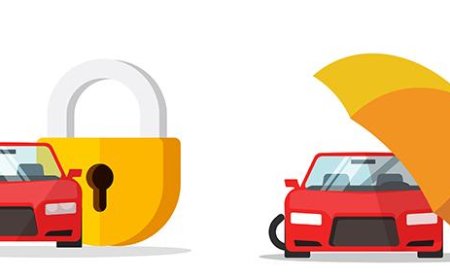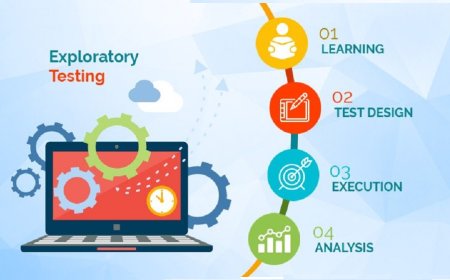Full Body Checkup in Tier 1 vs Tier 2 Cities

In today's fast-paced lifestyle, regularfull body checkup has become a vital part of preventive healthcare. However, the approach and availability of these services differ significantly between Tier 1 and Tier 2 cities. The contrast in healthcare infrastructure, affordability, and awareness often determines how individuals access and prioritize a full body checkup.
Availability and Accessibility
In Tier 1 cities, full body checkup services are widely available, supported by numerous multi-specialty hospitals, private diagnostic chains, and wellness centers. These cities often offer a seamless booking process, with options like online appointment scheduling and home sample collection. A person can book a full body checkup with just a few clicks and expect professional service at their convenience.
In contrast, Tier 2 cities are catching up but still face some limitations. Though diagnostic centers and labs are present, they may not offer the same breadth of services or advanced diagnostic tools as those in metro areas. Nevertheless, the concept of full body checkup is gaining traction in these regions, especially as awareness about preventive health increases.
Quality of Diagnostic Equipment
Tier 1 cities benefit from advanced diagnostic technology, including AI-based analysis, high-end MRI and CT machines, and fully automated pathology labs. This means a full body checkup conducted here tends to be more comprehensive, offering faster and more accurate results.
Tier 2 cities may still rely on older diagnostic equipment or manual lab processing. While the basic full body checkup components like blood tests, lipid profiles, liver and kidney function tests are covered, the depth of evaluation might not match the standards of Tier 1 centers. However, smaller towns are increasingly upgrading their medical facilities to bridge this gap.
Cost Differences
A noticeable distinction between Tier 1 and Tier 2 cities lies in the cost of a full body checkup. In Tier 1 cities, premium packages with multiple parameters can be quite expensive, sometimes exceeding several thousand rupees. These often include tests like cardiac screening, hormone profiling, and advanced imaging.
In Tier 2 cities, the cost of a full body checkup is generally lower. This is primarily due to reduced operational expenses, lower rental costs, and smaller-scale operations. While affordability is an advantage, the number of tests and the sophistication of diagnostics may be slightly limited in budget-friendly packages.
Public Awareness and Health Culture
Residents in Tier 1 cities are generally more aware of the importance of preventive care. Health camps, wellness programs, and corporate-sponsored full body checkup drives are common. The culture of proactive health monitoring is more entrenched, especially among working professionals and senior citizens.
Tier 2 cities, on the other hand, are still building awareness. While people are becoming more health-conscious, regular full body checkup is yet to become a routine practice for many. However, the growing use of social media and regional health campaigns is slowly shifting public mindset toward preventive health.
Home Collection Services
Another major difference is the availability of home sample collection. In Tier 1 cities, home services for full body checkup are standard. Labs offer early morning collection, timely report delivery, and even consultations with certified doctorsall without visiting a clinic.
Tier 2 cities are beginning to adopt this model, especially in semi-urban areas. While not as widespread, some diagnostic providers have started offering home collection, making full body checkup more convenient and accessible for busy individuals or the elderly.
Customization of Health Packages
In Tier 1 cities, individuals can choose highly customized full body checkup packages based on age, gender, occupation, or known health risks. Personalized health screening has become a trend, enabling better prevention and early detection.
Tier 2 cities are limited in this aspect, often providing standard full body checkup packages. However, as demand grows and competition increases, providers are gradually expanding their offerings to include more tailored health screening options.
Conclusion
While both Tier 1 and Tier 2 cities are embracing the importance of regular full body checkup, there are clear differences in terms of accessibility, cost, and quality. Tier 1 cities offer more advanced and customizable options, while Tier 2 cities provide affordability and are steadily improving infrastructure. Regardless of location, the key takeaway is that a full body checkup plays a crucial role in maintaining health, detecting issues early, and ensuring a longer, healthier life.
Whether one lives in a metropolitan hub or a growing town, opting for a regular full body checkup is a smart and essential health choice.
































